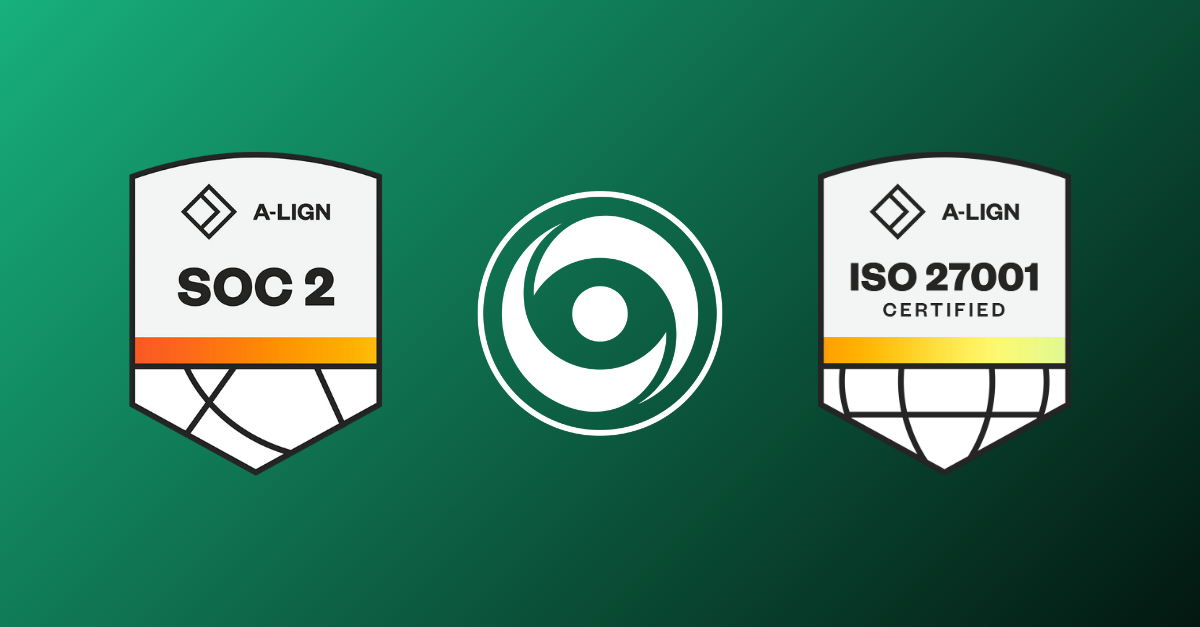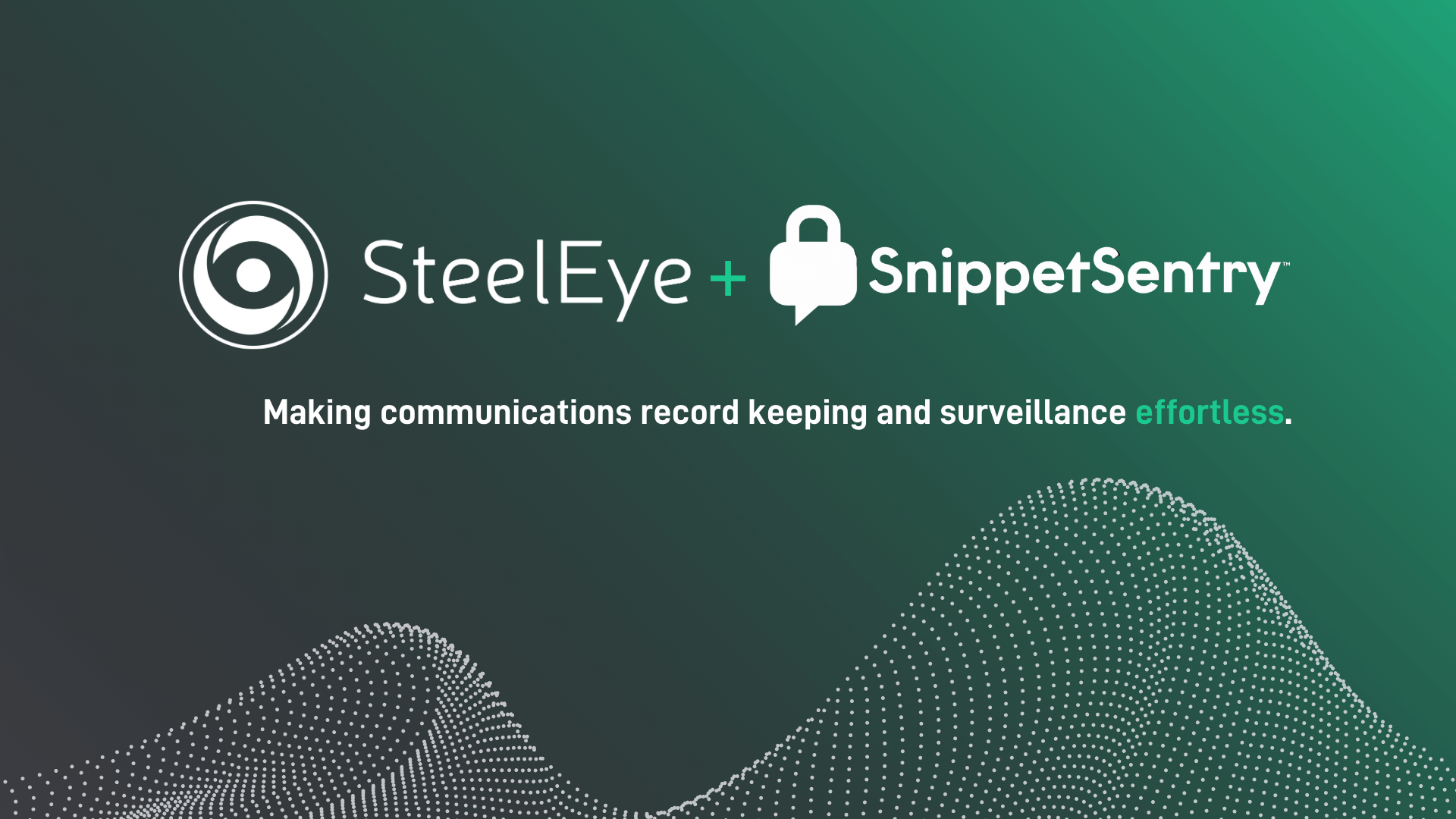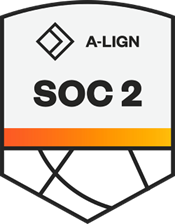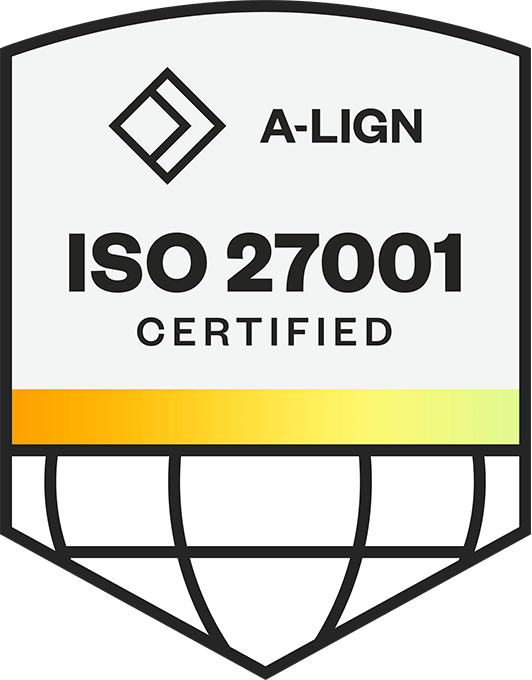Today’s highly complex and constantly changing regulatory environment is creating unprecedented levels of compliance fatigue among back-office professionals in financial services.
The size, quantity, and nature of the activities that compliance officers are required to perform are often impacting their well-being and making many feel demoralized and demotivated. At the same time, antiquated surveillance systems are making it difficult for compliance professionals to carry out their work in an effective and efficient way, compounding the effects of compliance fatigue.
Professionals suffering from fatigue are not only more likely to miss market abuse events, leading to a higher risk of regulatory investigations and fines for firms, but they are also more likely to leave their roles.
In fact, we are seeing an increasing exodus from compliance roles and even the industry, in some instances, as compliance professionals search for more fulfilling opportunities elsewhere.
While financial firms cannot control the speed of regulatory change, they need to take more proactive steps to prevent compliance fatigue within their organizations.
This blog explores compliance fatigue, how it impacts financial firms, and how the right technology can enhance the work-life balance for compliance teams while reducing risk.
Topics Covered:
What is compliance fatigue?
Compliance fatigue, or exhaustion, occurs when a compliance professional’s mental and physical capabilities are impacted by the size, quantity, and nature of the activities they are required to perform to enable their firm to meet its regulatory obligations.
Compliance fatigue can also be experienced at an organizational level, and it occurs when a firm is unable to meet its regulatory obligations effectively and/or is unable to adapt with agility to regulatory change. Both forms of compliance fatigue often create increased compliance and operational risk and can lead to regulatory censure and fines.
Why is compliance fatigue an issue?
Compliance fatigue is an operational risk that financial firms are often reluctant to address. Over the past decade, as regulatory change has led to increased compliance obligations, most financial firms have chosen to hire more compliance officers to keep up rather than implementing or upgrading their technology and processes.

One outcome of compliance fatigue is a significantly increased risk of missing market abuse and trade errors. Compliance officers are simply so overworked that their attention can wane, resulting in red flags being overlooked. If instances of potential market abuse or trade errors are missed, and the regulator then discovers it, the amount of work that compliance officers face increases even more. Remediation projects can take months, which only escalates the problem further.
Another outcome of compliance fatigue is that compliance officers are moving to firms with improved technology that promises to reduce the volume of alerts and ultimately make reviewing alerts easier. Additionally, some compliance professionals leave their roles entirely for other types of work. This is creating a hiring and retention crisis and shrinking potential compliance leaders' talent pool.
What causes compliance fatigue?

Antiquated systems
A major cause of compliance fatigue in trade and communications oversight today is the fact that most firms have antiquated legacy software. For example, instead of having one single platform that is a hub for all types of trade surveillance and communications data, most firms have several different systems. Fragmented platforms can require compliance officers to jump from one tool to another to try and get a full picture of the event that generated an alert. It creates unnecessary work and takes a great deal of time.
Additionally, having multiple systems also creates siloed teams. Suppose a compliance officer who is reviewing an email needs to read a transcript of a telephone call that is referred to in the text. In that case, they may need to access not just a different technology platform but also a different team of compliance officers whose sole job is to look at voice communications. This can create both inefficiencies and operational risk.
High Workload
Surveillance platforms based on outdated technology often generate many more alerts – sometimes thousands more at large firms. All of these issues can lead to an unsustainable workload for compliance officers.
For surveillance oversight, this means that firms have compliance officers who spend a large part of each day reviewing vast volumes of alerts and are working long hours to ensure they catch up with the rest of their responsibilities. Typically, a compliance team at a tier one firm would have to cover hundreds of monitored individuals (people within a firm that need to be monitored in line with regulations). This can create over 2,000 daily emails that they are required to review.
Repetitive tasks
In addition to managing their work queue, compliance teams still need to stay on top of everything else they need to do, such as running other compliance controls, policy governance, and documentation – which can be repetitive and dull. As a result, compliance staff suffering from compliance fatigue are also often under-stimulated and feel like they are not learning and growing in their roles. Performing investigations and designing new controls can be the only diverse activities that generate excitement, but of course, this has to be done on top of their “day job.”
Regulatory change
Finally, increased regulations have inadvertently led to compliance fatigue among diligent compliance officers. The ever-growing web of rules, guidelines, and reporting obligations has become an overwhelming burden, stretching the capabilities and resources of these professionals to their limits. Compliance officers tasked with interpreting and implementing these regulations are constantly grappling with the complexity of the evolving regulatory landscape.
How can compliance fatigue be prevented?
Investment in technology
Underinvestment in compliance technology is often one of the main factors of compliance fatigue. Modern, sophisticated technology is, therefore, the answer to solving this problem. With outdated technology systems, it can take a long time to pull together the data needed to respond to a regulatory request, often eating into evenings and weekends when a compliance officer should be recharging their batteries. With the right technology, bringing together the materials to respond to a regulatory request can be achieved in a matter of seconds.
Ultimately, technology needs to help firms better determine which alerts to focus on and give them quicker access to the information they require for investigations.
To begin with, a user-friendly user interface (UI) can make a huge difference. A surveillance platform UI should make it easy for compliance officers to engage with the necessary materials, whether emails, voice communications, or trade data. The platform should also employ the latest technology – such as AI, ML, and ChatGPT – to enable compliance officers to review materials more efficiently and accurately.

Managing and monitoring workload
Secondly, financial services firms should proactively monitor the work that compliance officers have carried out. It’s important to look beyond the headline number, however. For example, if John reviews 1,000 alerts and Mary reviews 100, there could be many reasons for the difference, including the depth of analysis required, the kind of technology platform they are working on, and their access to analytics.
It’s essential to perform quality control checks on the work of compliance officers to look for signs of compliance fatigue and to provide support by giving additional training, redistributing workloads, or investing in new technology. The UK Financial Conduct Authority has been urging firms to improve their quality control checks since 2016 and has done so again recently.
Monitoring time spent at the office
Thirdly, compliance managers need to consider the compliance officer’s activities. Individuals consistently putting in long hours are at a higher risk of compliance fatigue, and managers need to look at how long each compliance officer spends each week at work.
Apart from the volume of alerts that each compliance officer has to process, elements such as the usability of a case manager and the agility with which a compliance officer can respond to a regulatory request will all impact hours worked and should be monitored.

Compliance fatigue is a growing problem for individuals and financial firms. The constant barrage of regulations, policies, and procedures can be overwhelming, leading to decreased productivity, increased stress, and burnout.
By taking a proactive approach to compliance, including investing in modern systems, organizations can help alleviate some of the burdens on their employees. Ultimately, it is important to remember that compliance is necessary for the safety and success of individuals and organizations, but it doesn't have to come at the cost of mental and emotional well-being.
Preventing compliance fatigue can significantly improve the ability of a firm to hire and retain compliance officers. Having robust trade surveillance and communications oversight technology in place is core to achieving this. The technology should enable the compliance officer to perform their role efficiently through an engaging UI, with instant access to data, sophisticated analytics, and a more intelligent approach to alert investigation.
A good technology platform should also enable managers to proactively monitor the activity of compliance officers for signs of compliance fatigue. Reducing compliance fatigue can dramatically improve the productivity of compliance officers while also significantly reducing operational risks.
How SteelEye can help
By streamlining manual processes, SteelEye boosts productivity and enables compliance officers to free up time that would otherwise be spent on repetitive tasks and managing high alert volumes. This helps to eliminate compliance fatigue.
-
Streamlined workflow
Our streamlined surveillance workflow ensures that surveillance teams no longer need to look in multiple places to assess risk. Instead, they get a single source of meaningful data. This means complete oversight, a consistent process across global teams, and speedy investigations.
-
Single source of data
One of SteelEye's standout features is its modern data architecture, which facilitates the seamless consolidation of data from various channels into a single, secure, and compliant repository. Unlike other solutions, SteelEye uniquely combines trades, orders, communications, global news, and market data on a unified platform, offering its clients a holistic view of their data.
-
Modern UI
SteelEye's user interface is highly engaging and makes it easy for compliance staff to search, refine, export, and investigate data spanning trades and communications, all within a single platform. It also offers a range of features and tools tailored specifically to meet the needs of compliance professionals, empowering them to effectively navigate the complexities of regulatory compliance.

Turn Supervision into Super Vision
Contact our compliance experts to see our platform in action or learn more about how we can help your firm reduce compliance fatigue.
SPEAK WITH US TODAY













